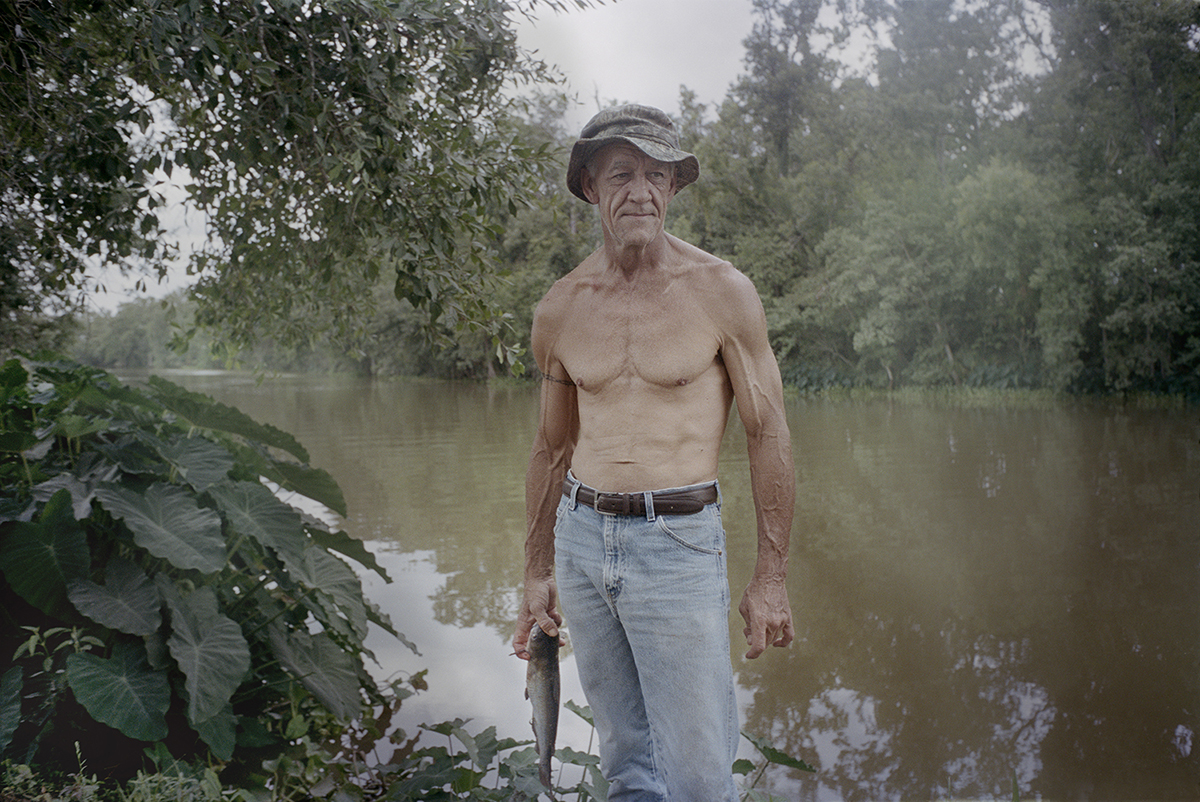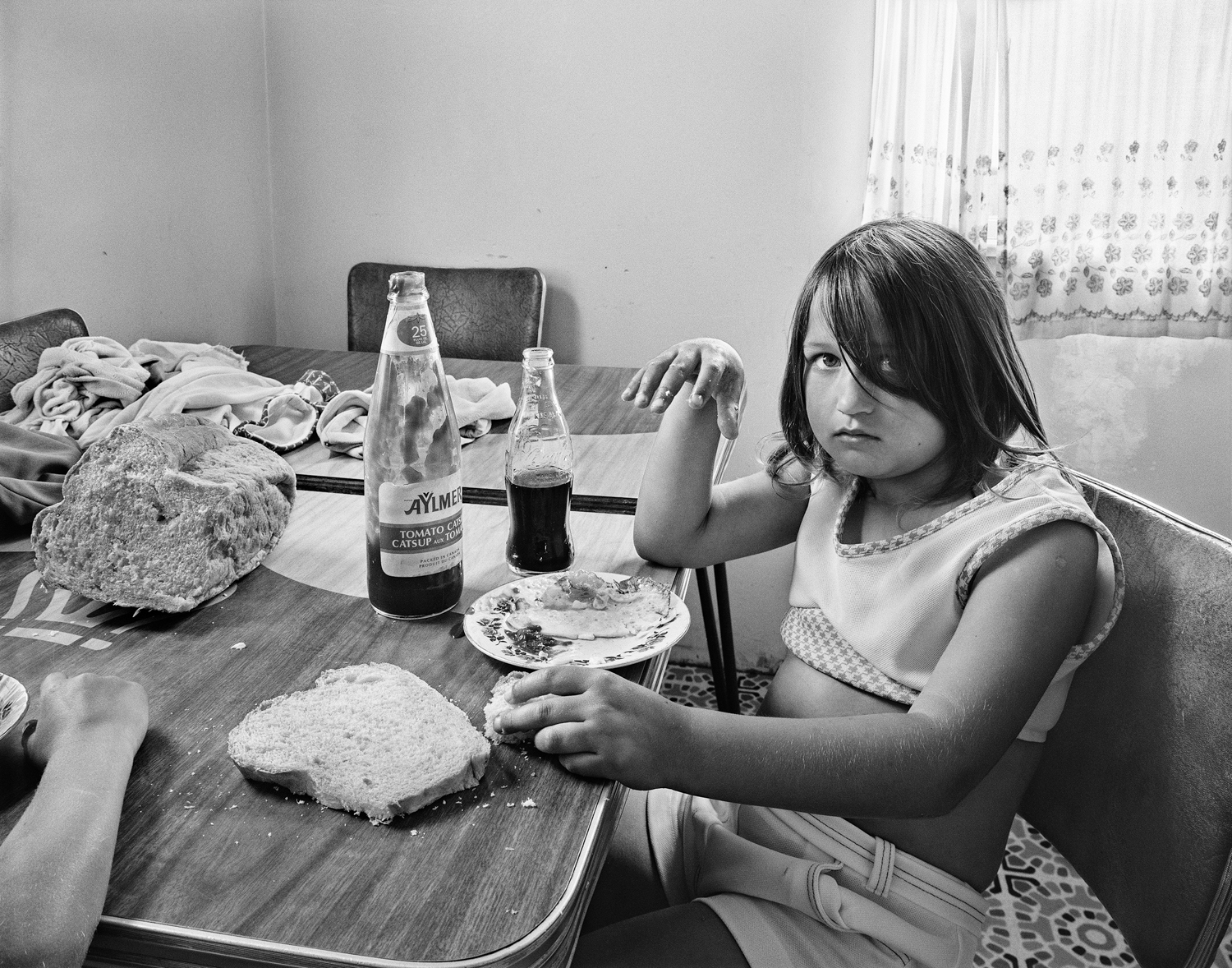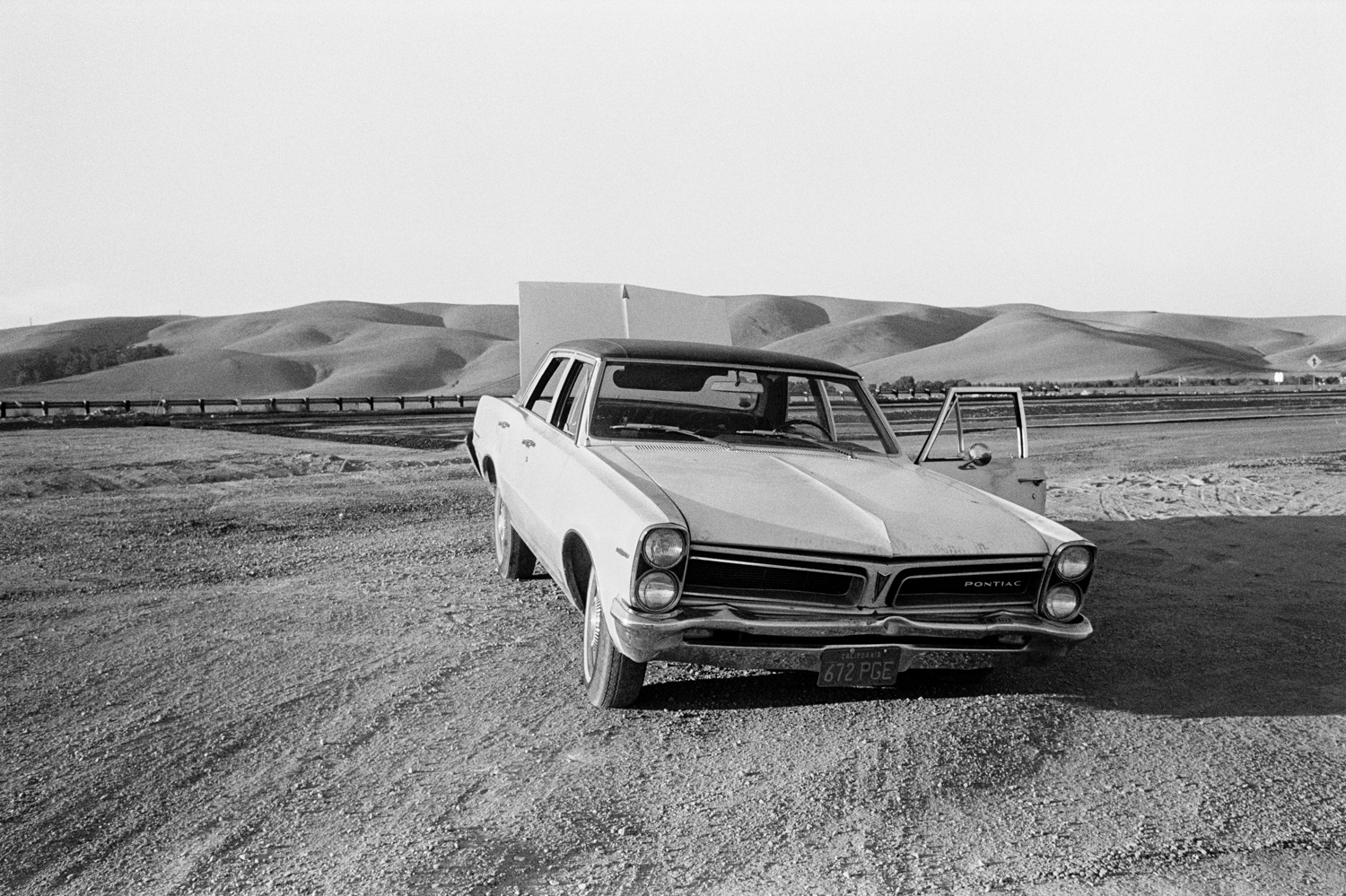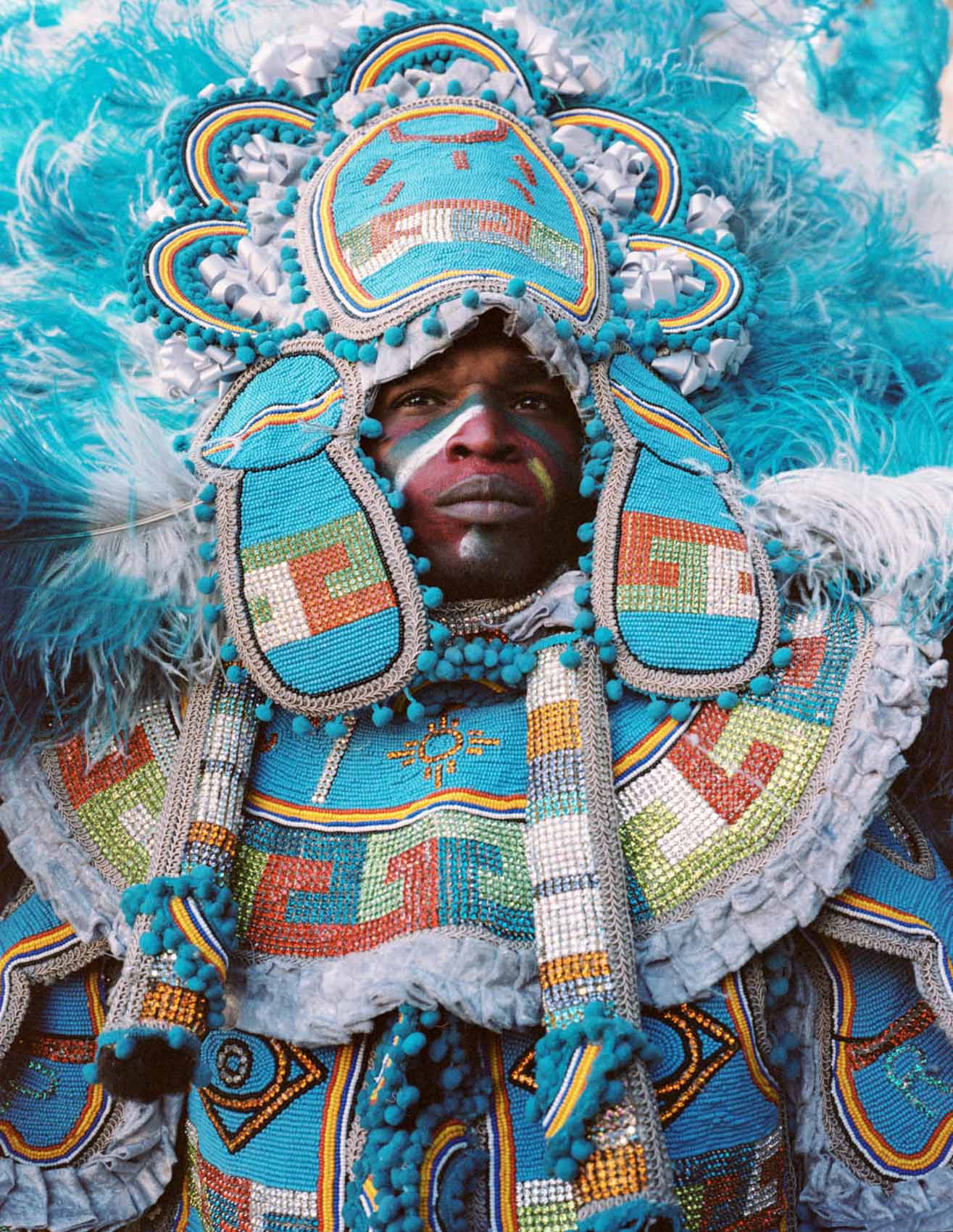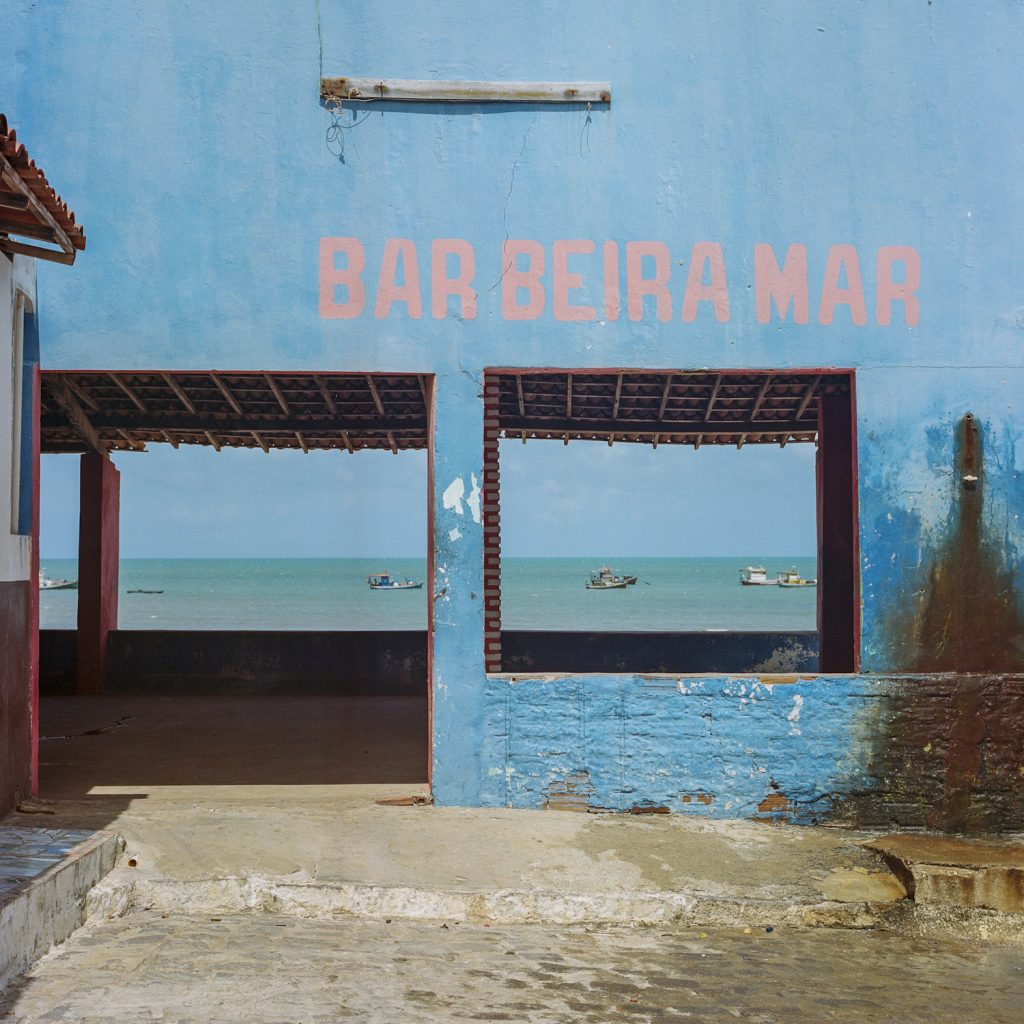
How did the idea of « Translitorânea » come about and why did you choose this title for your project?
« Translitorânea » is the little-known and little-used name of the BR-101, a road that runs along the Brazilian coast from north to south, and which has served as the main theme of my project. It is a road I traveled a lot when I was a child. I had family who lived in cities south or north of mine, Florianópolis. To visit them, you had to take this road. It was a small part, something like 200 kilometers, while the road was more than 4,500 kilometers long. As a child, I always wanted to stop on the way, to see what was between the start and finish, and then to go beyond that little journey. I had to reach adulthood to be able to do that.
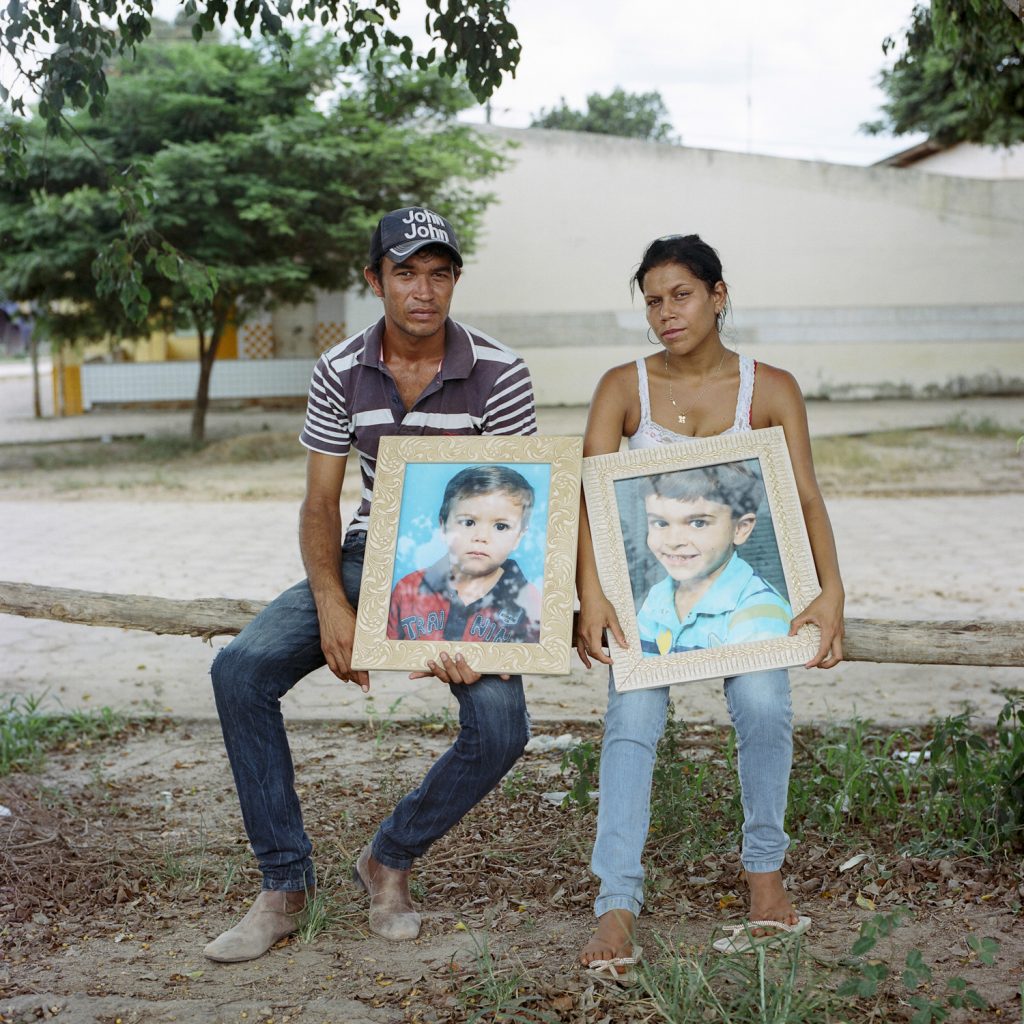
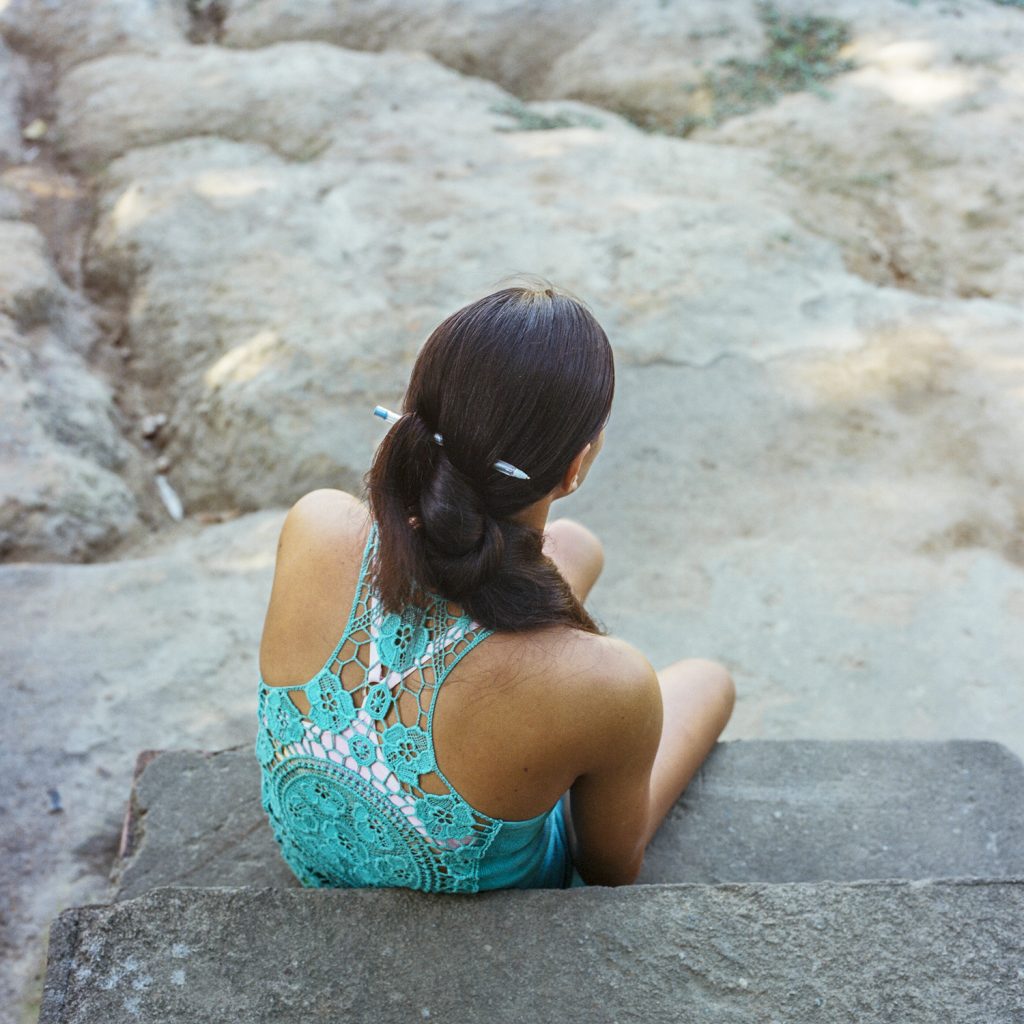
« Sometimes I would approach people, knock on their doors, stop them in the street. Sometimes they were the ones who approached me »
What was your working method for « Translitorânea »?
The only rule was to follow the road and stop to have an experience of the place and meet the people I met on my way. It must be said that this road was not built for people. For most Brazilians, it is a simple place of passage, a road that connects the different seaside towns. Since there is no real rail system, it is a road with many trucks carrying the goods that circulate in the country. This road is only stopped for gas, food, or sleep for those who work there. However, there is a whole life along the road: small villages, small housing estates or isolated houses, and small roads that run parallel or cross the main road, leading to small towns. That’s what interested me, this life on the fringes of the BR-101, also known as the « death road », because of the large number of road accidents. I would stop as soon as a place or something caught my eye, depending on the encounters. Sometimes I would approach people, knock on their doors, and stop them in the street. Sometimes they were the ones who approached me when I stopped to take a landscape picture or have a coffee.
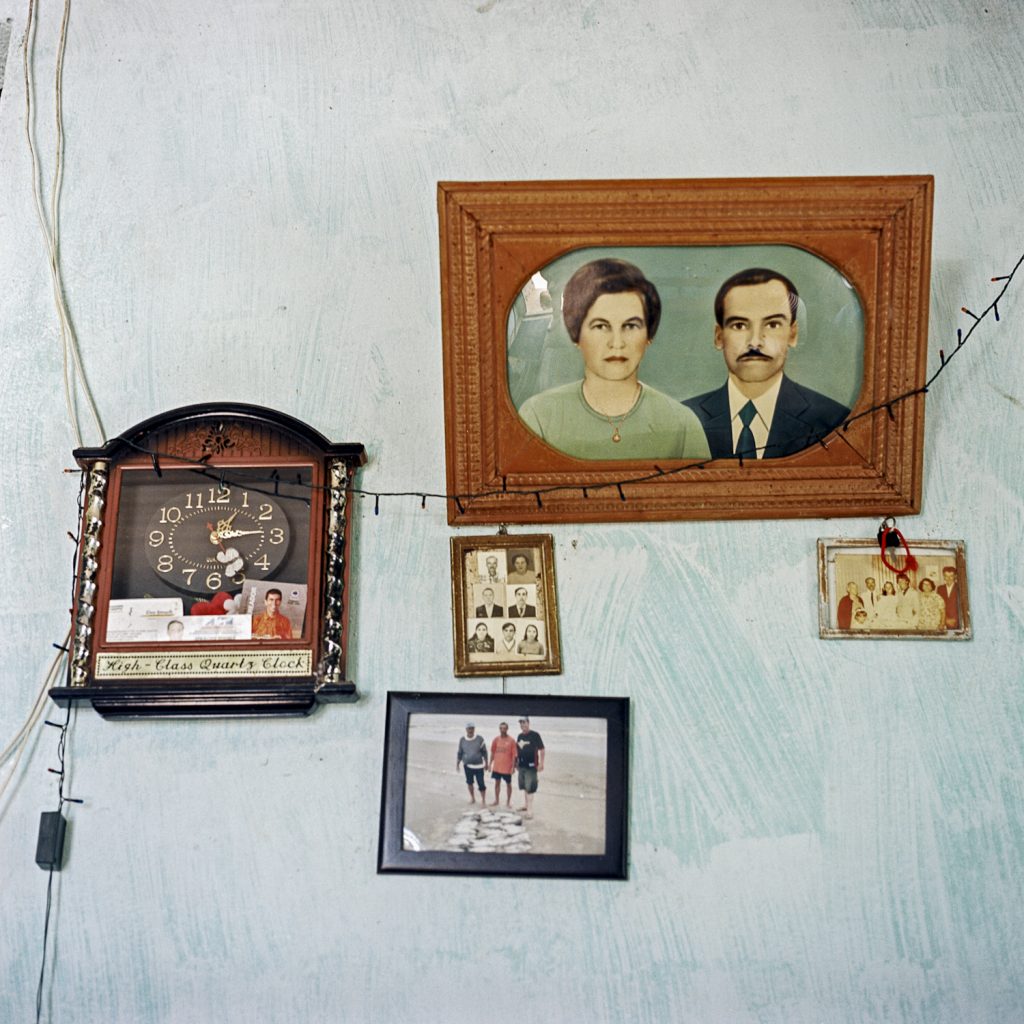
Have you planned everything or have you created spaces for improvisation and freedom?
There was nothing planned. I was letting myself go. I was in the car. I was in a relationship. He was driving, I was looking and letting myself be inspired by the views that were passing before my eyes. As it is a high-speed road, sometimes we would turn around, often backing up several kilometers. We made the route in three parts: the first time southwards between Florianópolis and Sao José do Norte, where the route officially ends, in Rio Grande do Sul; the second time upwards between Florianópolis and Rio de Janeiro; and the third time northwards, from Rio de Janeiro to Touros, in Rio Grande do Norte. For this last part, I had the support of the Prize for Women in the Visual Arts, awarded at the time by the Brazilian Ministry of Culture.
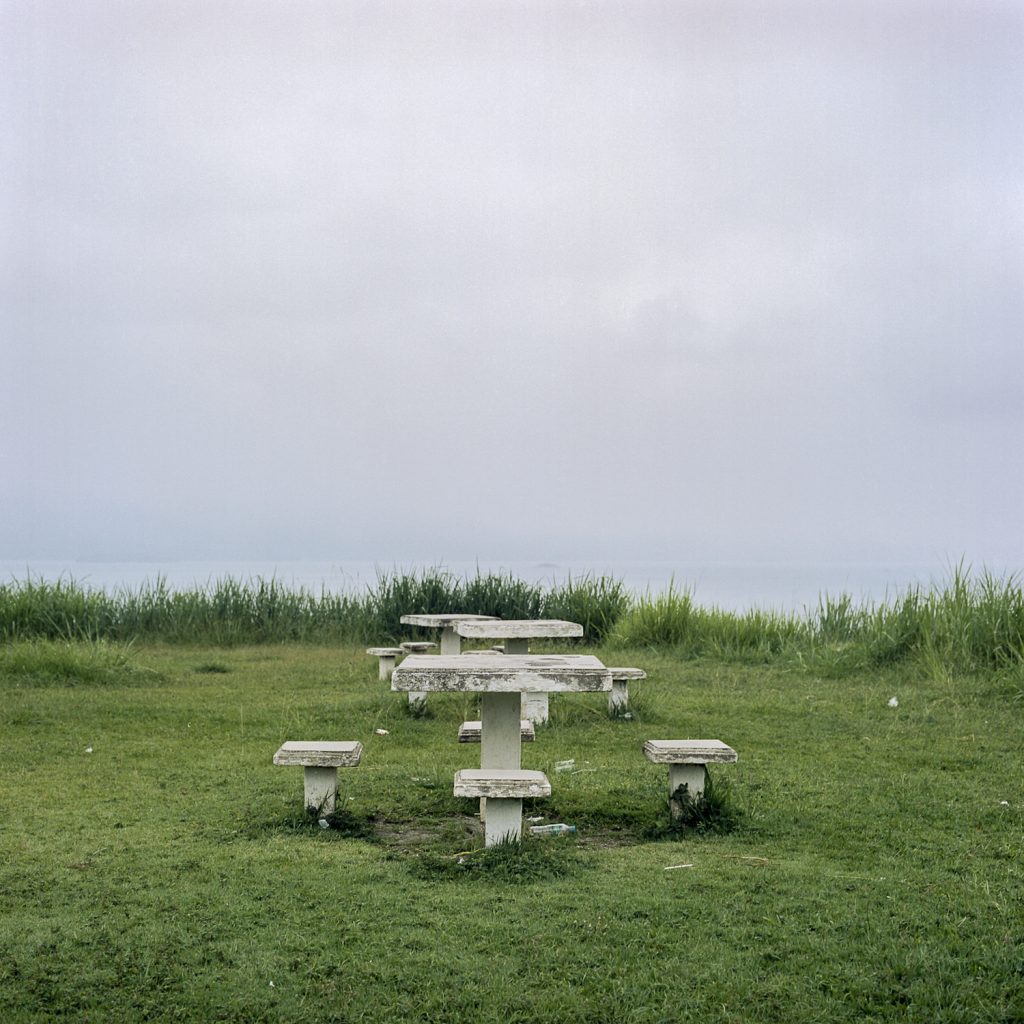
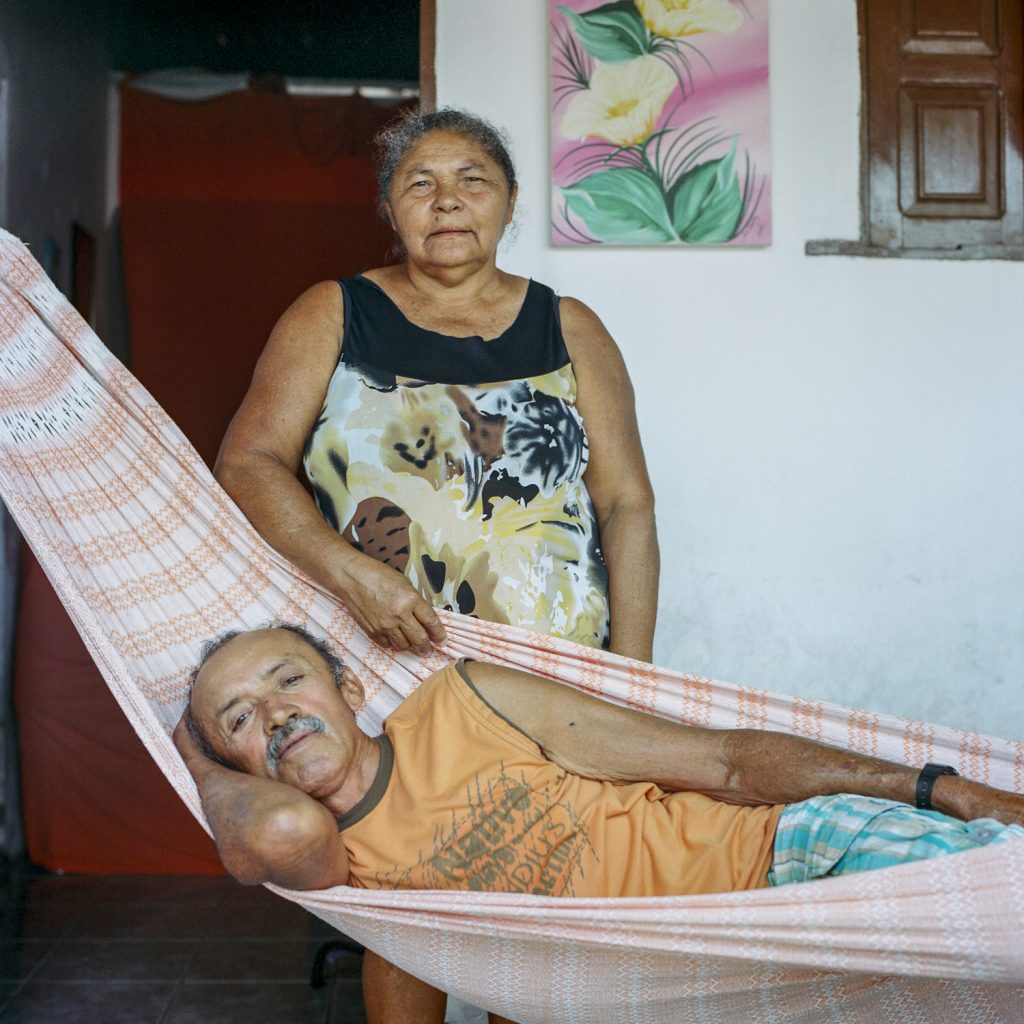
« It is rather a project that speaks of encounters, experiences and affects. »
The series is composed of an alternation of images of landscapes and portraits of people you meet during your journey. What did you mean by « Translitorânea »?
In these images, there is always the imprint of a passage. All the photographs, including those of the landscapes, tell us about human intervention. It is almost a metaphor for how Brazilians see this road: a « no man’s land », or even a non-place – to use the words of anthropologist Marc Augé.
« Translitorânea » is not a report, it is not an ethnography either. I wasn’t trying to tell anything particular about this project or to restore a certain reality. It is rather a project that speaks of encounters, experiences, and affects. There are of course other things that stand out between the lines: social, historical, and cultural aspects related to these lives; mechanisms of resistance to the difficulties imposed by the road; and a particular relationship to time. This also makes « Translitorânea » a collection of impressions about a country at a given time.
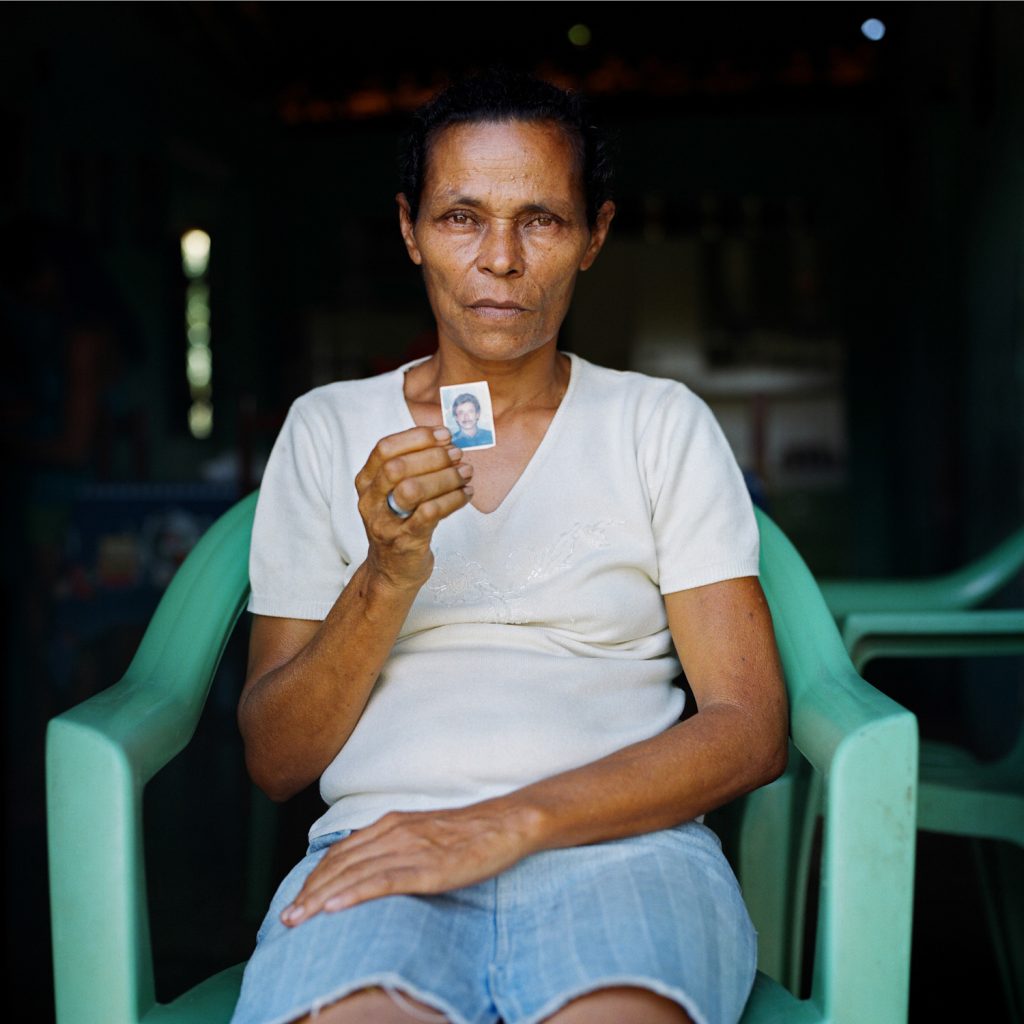
Do you have a strong memory of a meeting or a situation?
Many encounters have touched me. Sometimes, they gave insights into people’s lives and how something outside of them, something more powerful than they were, defined their destiny. This is the case, for example, of all those people who lived in sugar cane cultivation, practically a slave job, with many health risks. The photo of the woman who chose to pose, with an identity portrait of her late husband in her hand just a month earlier, speaks to this. Other encounters have left their mark on me because they were almost fantastic. Like the one with that 109-year-old lady, who smokes her pipe in the picture, and said she was an owl, or that other old woman we hitchhiked to and told us a lot of macabre stories.
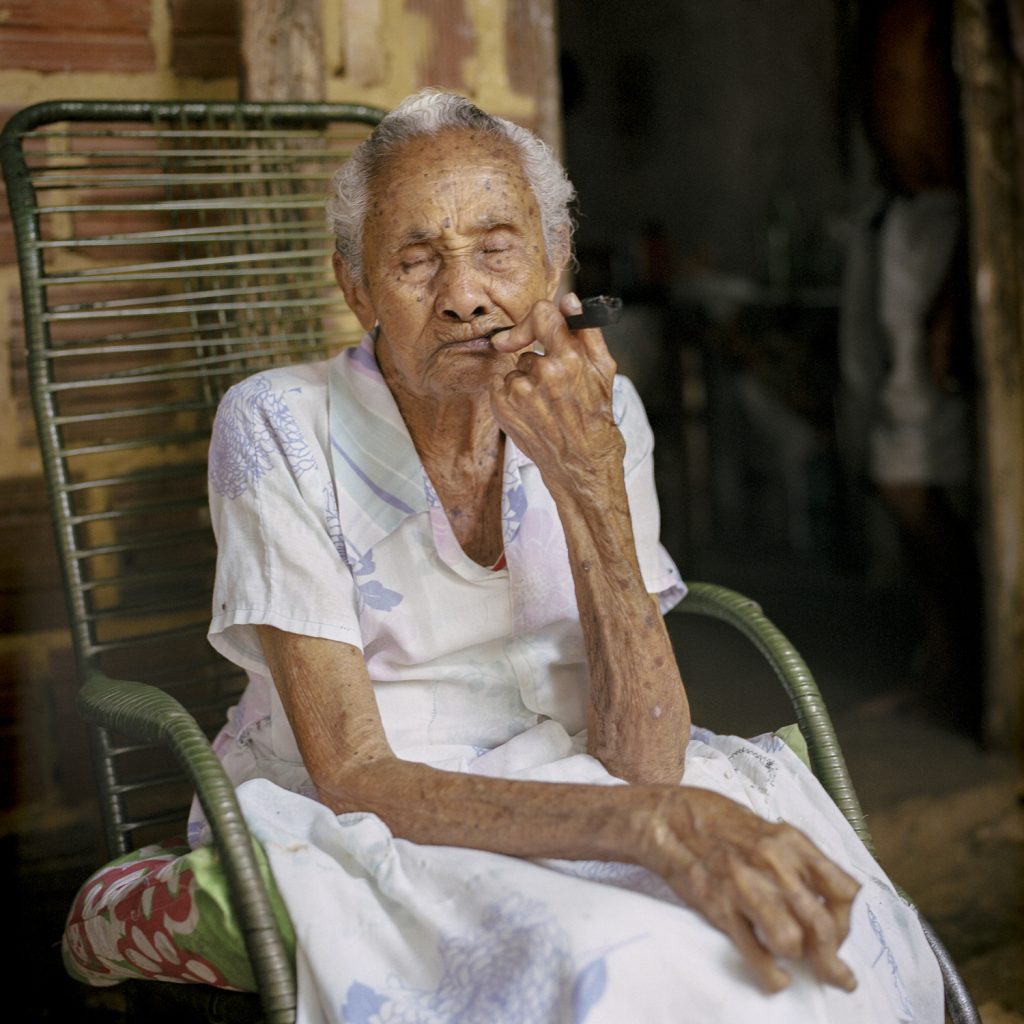
You are Brazilian but you have been living in France since 2003. What did you perceive about your culture of origin during this long journey?
Before coming to France, I was a student and I hadn’t had much opportunity to travel around my country. Originally from southern Brazil, I was quite far from all the cultural diversity that abounds in the rest of Brazil. I came to France at the end of my graduate studies in visual arts. Once here, I started studying social sciences, which led me to get involved in the practice of visual anthropology. Then, in Paris, I had the opportunity to meet Brazilians of different origins, which allowed me to feel the nuances concerning the ways of thinking about the world, and to think about it, depending on the region from which we came (without wanting to generalize, of course).
All these experiences have made me want to see the country even more. During the trip on the Translitorânea, it was interesting, for example, to hear people in the Northeast say that, in the South, we were not « real » Brazilians. The three southern states have been strongly influenced by Europe, largely German and Italian, due to the waves of immigration they received during the 19th and 20th centuries. And there is indeed a big gap in many cultural and social aspects between these two regions.
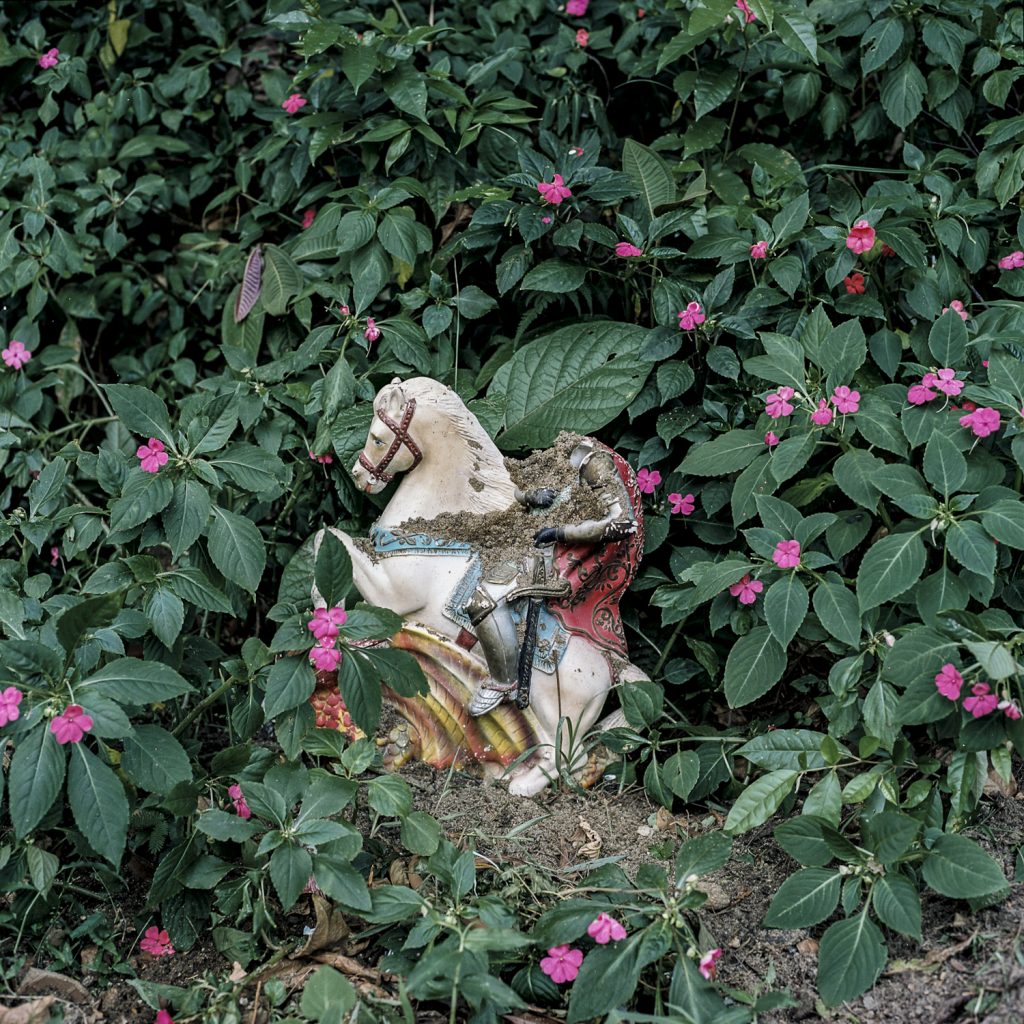
Translitorânea’s photographs are in square format. What camera and technique did you use? And why this choice?
I worked with a medium-format silver camera, a Hasselblad. I find the chest sight very interesting for portraits. There is no camera between my eyes and those of the people I photograph. We look at each other directly. The camera is there, but it gives more possibilities for exchanges than a reflex sight camera. In addition, it is an old camera, people are curious, it gives an added value to the photographic act. A kind of ritual settles in, which gives another dimension to the portrait. The square format was a format that attracted me at the time, but it’s not an aesthetic choice. It’s mainly a consequence of the device I chose. By this I mean that it is rather the approach that interests me in the choice of equipment: a form of approach – I embody the figure of the photographer with such a camera and thus I position myself in the world -, a relationship to the other and a construction of the image through the exchanges that I can have with the person photographed. The picture is at the end of the trace of an encounter.
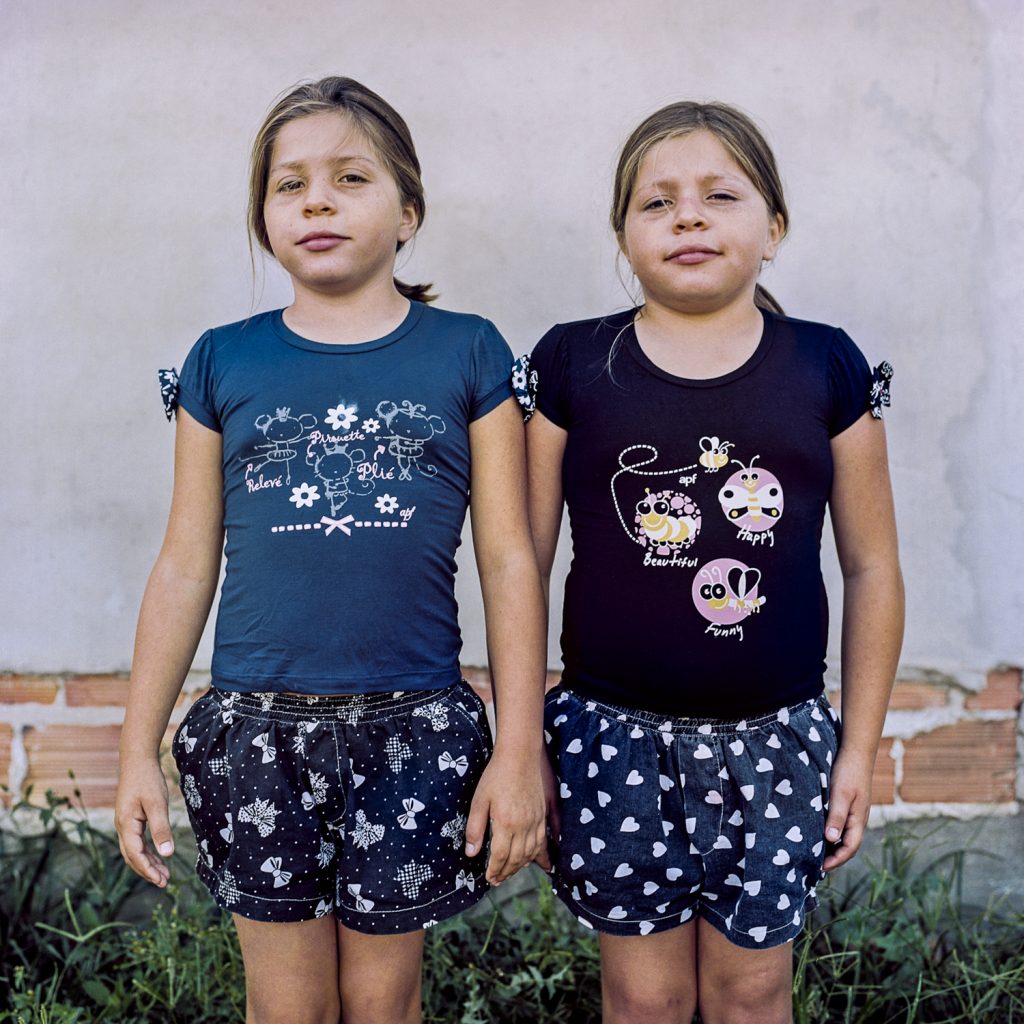
« Translitorânea » was realized between 2012 and 2014. What came out of this work and in what form was it shared?
This work was the subject of an exhibition in Brazil in 2014 when I made a small catalog. This catalog is in the form of an object presented in an envelope, containing a few postcards – anti-postcards, in fact – and a geographical map, which I have entitled « the map of encounters », listing the names of all the people I met during the trip and the place of the encounter.
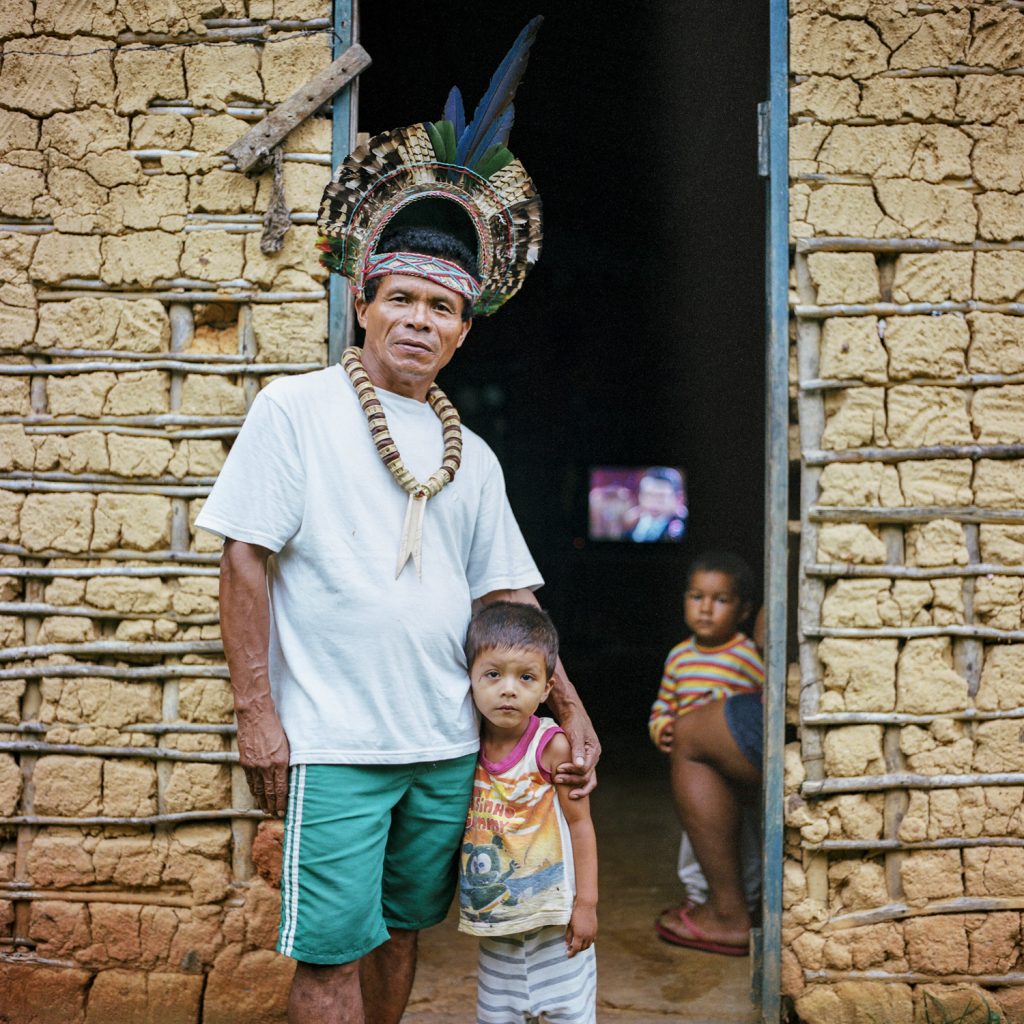
What project(s) are you currently working on?
I work a lot in my city in Brazil, dealing with issues related to our relationship with each other, to urban space and its visible and invisible systems of power. I have just finished work on the issue of real estate speculation, a very important issue in Florianópolis, which I have entitled « The Park ». Other work is in progress. I also want to do something about the political crisis that is currently shaking the country.
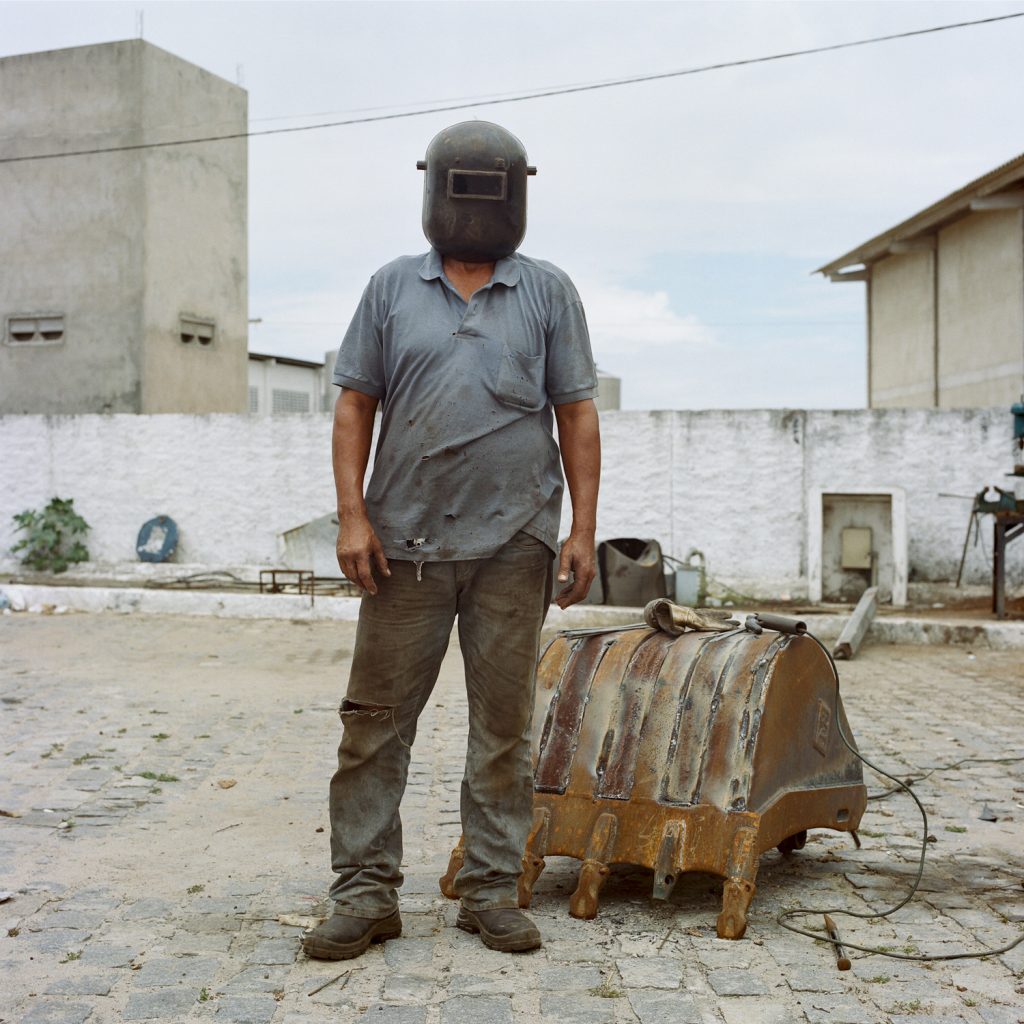
What are your photographic influences and the photo books that have left their mark on you?
Influences and photo books are quite moving in my life. It all depends on the moment, what I’m doing, and what I can discover. At the time of « Translitorânea », I was very attached to Walker Evans’ work and what he called « unconscious arrangements ». I also had an eye on the work of Luigi Guirri and Guido Guidi, the Italian photographers I discovered at the time, and then Diane Arbus and August Sander. But I also drew a lot of inspiration from films like Robert Kramer’s « Road One / USA », or books like Jack Kerouac’s « On the Road ».
Interview by Françoise Lambert for IN FRAME

